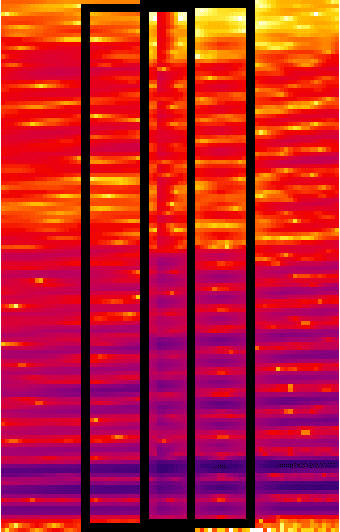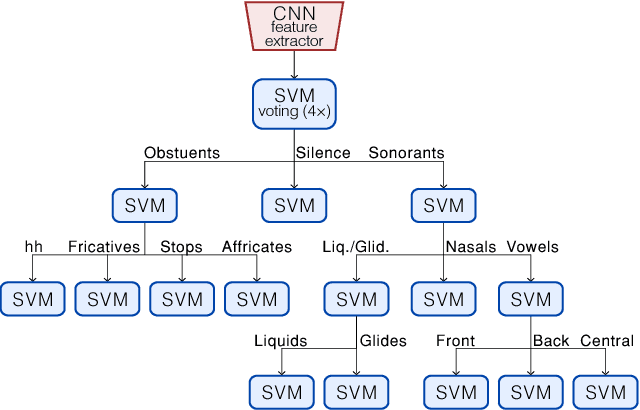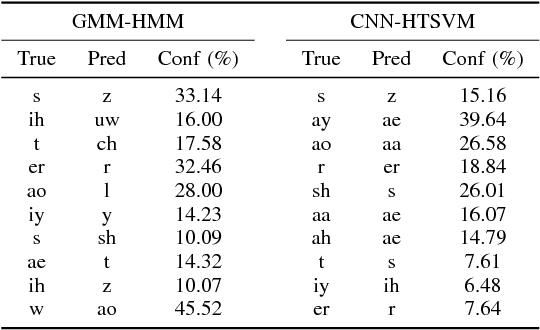Christopher Dane Shulby
Proactive Security: Embedded AI Solution for Violent and Abusive Speech Recognition
Oct 22, 2018

Abstract:Violence is an epidemic in Brazil and a problem on the rise world-wide. Mobile devices provide communication technologies which can be used to monitor and alert about violent situations. However, current solutions, like panic buttons or safe words, might increase the loss of life in violent situations. We propose an embedded artificial intelligence solution, using natural language and speech processing technology, to silently alert someone who can help in this situation. The corpus used contains 400 positive phrases and 800 negative phrases, totaling 1,200 sentences which are classified using two well-known extraction methods for natural language processing tasks: bag-of-words and word embeddings and classified with a support vector machine. We describe the proof-of-concept product in development with promising results, indicating a path towards a commercial product. More importantly we show that model improvements via word embeddings and data augmentation techniques provide an intrinsically robust model. The final embedded solution also has a small footprint of less than 10 MB.
Acoustic Modeling Using a Shallow CNN-HTSVM Architecture
Jun 27, 2017



Abstract:High-accuracy speech recognition is especially challenging when large datasets are not available. It is possible to bridge this gap with careful and knowledge-driven parsing combined with the biologically inspired CNN and the learning guarantees of the Vapnik Chervonenkis (VC) theory. This work presents a Shallow-CNN-HTSVM (Hierarchical Tree Support Vector Machine classifier) architecture which uses a predefined knowledge-based set of rules with statistical machine learning techniques. Here we show that gross errors present even in state-of-the-art systems can be avoided and that an accurate acoustic model can be built in a hierarchical fashion. The CNN-HTSVM acoustic model outperforms traditional GMM-HMM models and the HTSVM structure outperforms a MLP multi-class classifier. More importantly we isolate the performance of the acoustic model and provide results on both the frame and phoneme level considering the true robustness of the model. We show that even with a small amount of data accurate and robust recognition rates can be obtained.
 Add to Chrome
Add to Chrome Add to Firefox
Add to Firefox Add to Edge
Add to Edge